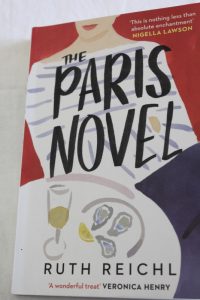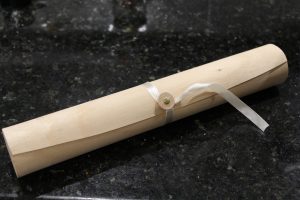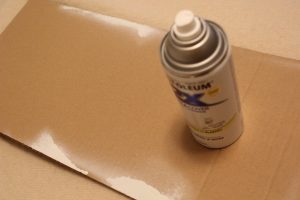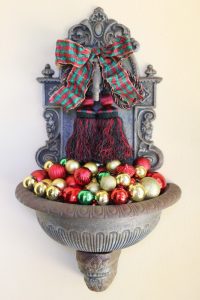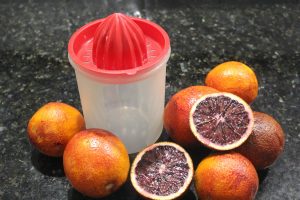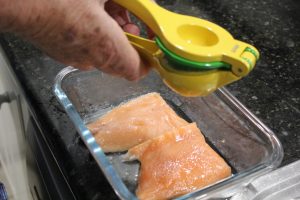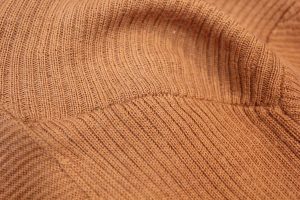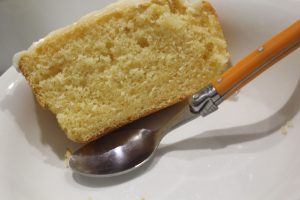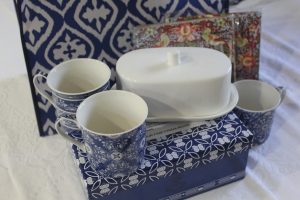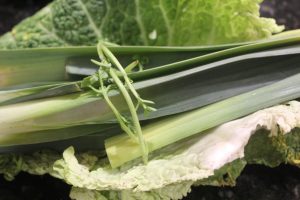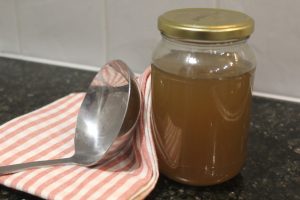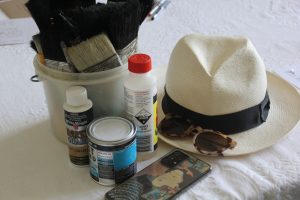retraining teachers in south australia
One in three Australian students failed to meet the minimum level of achievement in NAPLAN testing this year. (National Assessment Program- Literacy and Numeracy.) The score and specific information regarding the areas the child did not meet expectations is then sent to the school and the classroom teacher to reteach. Sounds great, but what if the teacher doesn’t know how to teach that skill?
The University of Adelaide has launched a new microcredential course focussing on explicit teaching. The Federal Minister for Education, Jason Clare is reported saying, “The reading wars are over. We know evidence based teaching methods work and this free short course will help teachers in the classroom” It’s all about teaching teachers how children actually learn to read, write and do maths. In recent times teachers have not been taught these teaching skills as part of their training.
v

The free course is offered online and can be completed at the teacher’s own pace. It will teach explicit instruction techniques, that is, a teacher explains a new concept to the students, directs the children to practice or repeat what they learnt, tests for success and reteaches where necessary. It is very specific teaching, directed by the teacher. Universities in South Australia will be required to include explicit teaching instruction in their teaching qualifications.
The first course, already available, teaches how to teach phonics, the sounding out of letters and words. I taught junior primary for most of my 40 years teaching and cannot believe phonics is not the basis of all reading skills taught. My friends, still in teaching, talk about children in their second and third year of education who cannot sound out or spell words phonetically.


Image Pixabay
A course already offered online teaches teachers how to keep classrooms calm and under control. These skills are no longer assumed to be learnt at home. Children are taught to line up quietly, sit and to listen. Already 1280 teachers have completed the microcredential in classroom management.
Source : The Weekend Australian, November 23-24, 2024, by Natasha Bita, Education Editor.
odd jobs
Do you save buttons from old shirts? My Mother snipped the buttons off worn out shirts before they became cleaning cloths. The buttons were stored in old coffee jars, the white buttons separated into small for shirts and the bigger ones went into another jar. Every other colour was a mix of sizes. When I was working I also kept a jar of small white buttons in the laundry plus a needle threaded with white cotton. This meant I could replace a button within minutes and still get to work on time. Over the years I must have washed and ironed thousands of business shirts and school shirts and frequently needed to replaced buttons.
Luckily, I inherited my Mother’s button collection! An unusual but very useful inheritance. Just recently, I bought a pink linen shirt but really didn’t like the wintery, dark button at the front. Snip, and it was gone to be replaced by a large pink button from one of Mum’s button jars. The jars are stored in a cupboard where I can easily retrieve them, as they continue to be useful.


Snip, stitch, done.


The same day I had to repair three necklaces. Earlier in the year I’d restrung two of the necklaces, using a variety of pretty beads. I wore both regularly. I’d used clasps I bought in a local shop and within five or six times of wearing them, the clasps broke. Annoying. ( I used a large safety pin to connect each end of the necklaces for a few weeks. Not exactly ideal, but it worked!) So I went to a craft supplier and bought good quality clasps, took apart the two necklaces and a third which needed restringing and got to work. Really pleased with the quality of the fittings, now, and considering updating the catch on another necklace.


Repaired, back in service.
Then I decided to use up half a dozen large, super fresh golden yolked eggs a friend of my husband’s gave us. I made an egg and tomato pie, using up things I already had such as onions, tomatoes, spring onions and some yoghurt, plus the eggs and then some chives on top. Baked in the oven.


While the pie was cooking I peeled and quartered some apples. We really like fresh apples but this year they all seem to be a bit doughy. You know I hate wasting food, so I caramelised some caster sugar, swirled in some butter, then arranged the peeled, cored and quartered apples in the caramel. I’d cut the pastry to the size of the pan I’d used for making the caramel and had then stored it in the fridge. Quickly arranged it in the top of the apples, poked the sides down with a spoon and put it in the still hot oven. Smelt wonderful, tasted really good, too.





